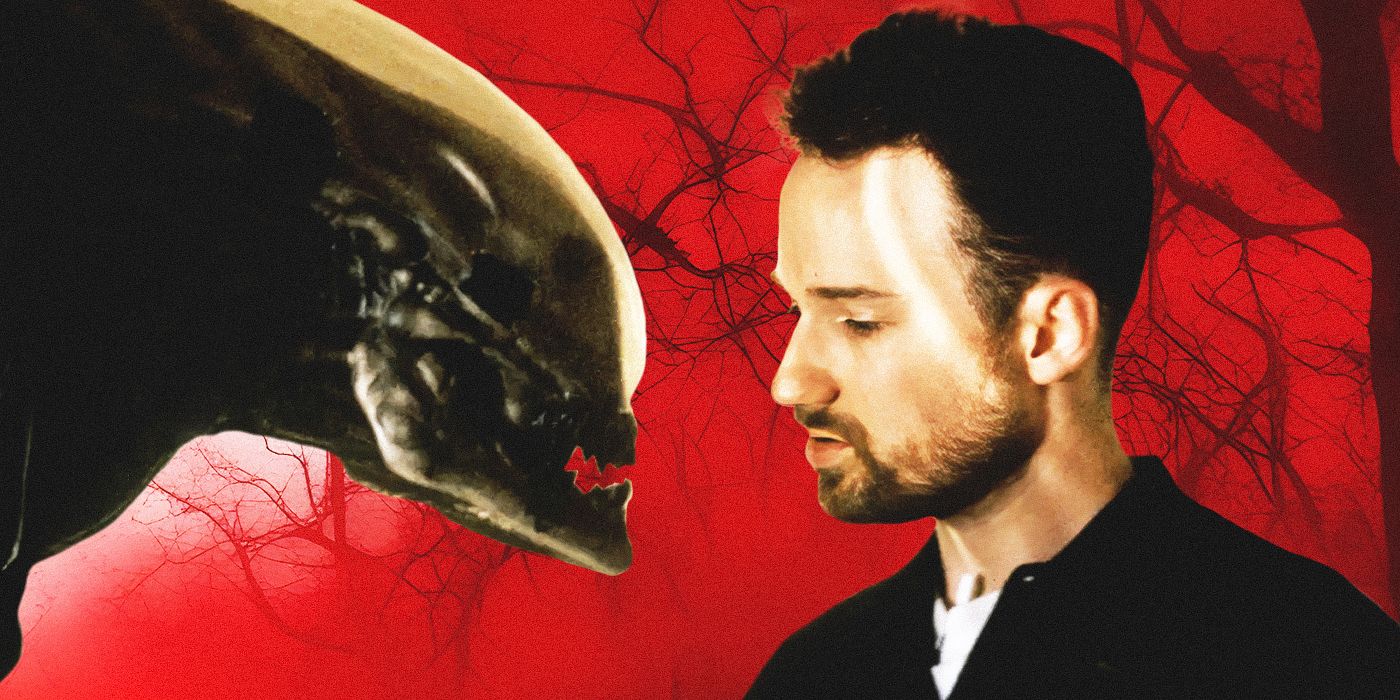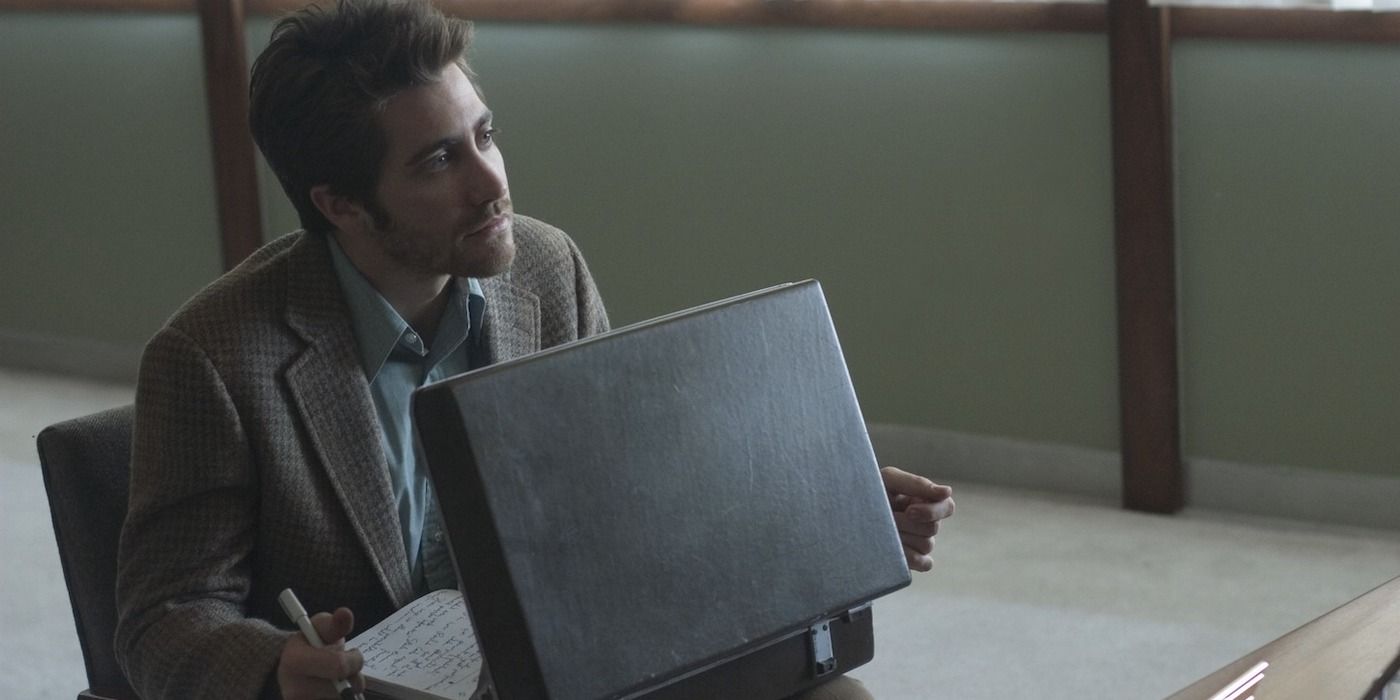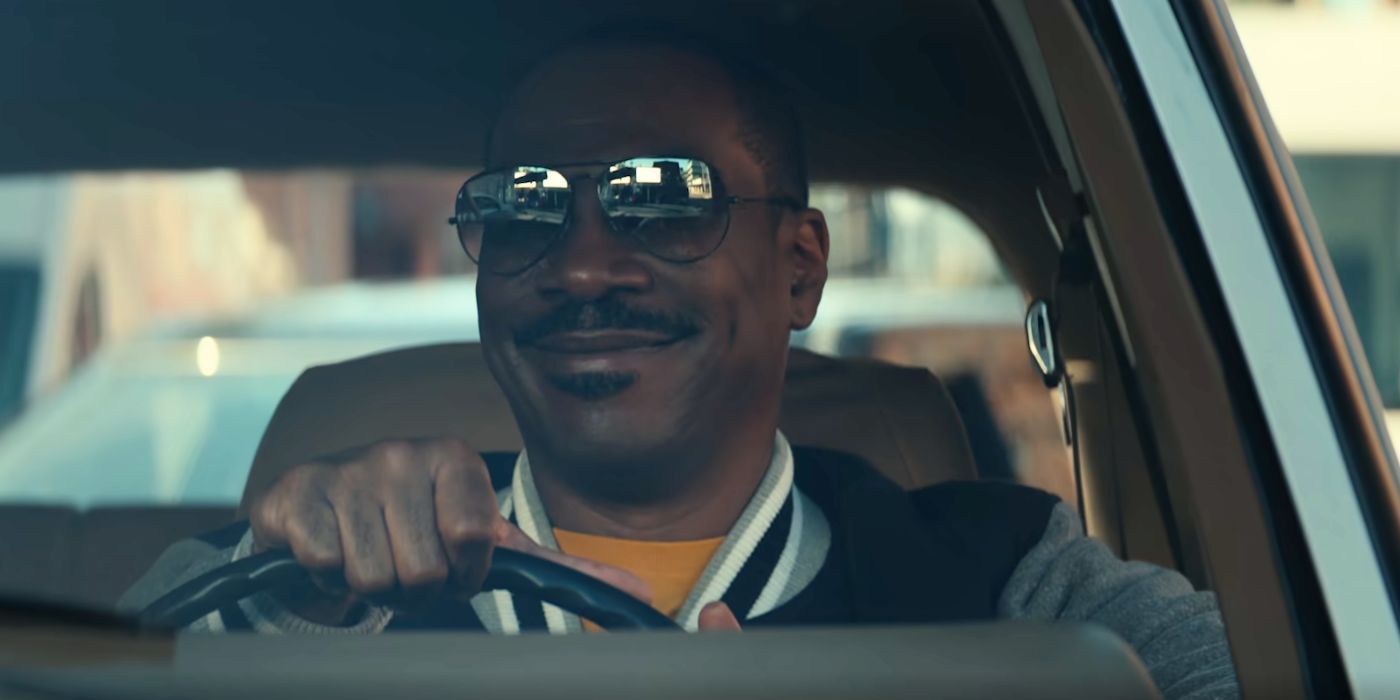The Big Picture
- David Fincher, known for his mastery of thrillers, should consider trying his hand at horror, a genre he has avoided since his debut film Alien 3.
- Fincher’s directing saved the weak script of Alien 3, showcasing his ability to turn weak story traits into visually compelling scenes.
- Fincher has applied horror tropes effectively in films like Zodiac and Se7en, creating bone-chilling moments that reward and threaten the hero, demonstrating his potential as a horror director.
With The Killer finally hitting Netflix, it’s time to talk about David Fincher again. Over the last few years, he’s been dedicating himself to making thriller movies, a genre he’s already proven to be a master of with classics such as Zodiac, The Girl With the Dragon Tattoo, and Gone Girl. The Killer belongs to this genre as well, even though it combines comedic elements to relay the absurdity of the situation that Michael Fassbender‘s character goes through — his listening to upbeat hits from The Smiths with a stone-cold expression is just one example. But there’s one genre that Fincher should definitely try again: horror. He made his feature film debut directing Alien 3 and has avoided the genre ever since, although it helped him flex his directing chops. Now that Fincher has firmly established himself as the Master of the Thriller, the director should try his hand at the horror genre and take his decades of experience to an area of cinema most auteurs ignore.
The Killer (2023)
After a fateful near-miss, an assassin battles his employers, and himself, on an international manhunt he insists isn’t personal.
- Release Date
- November 10, 2023
- Director
- David Fincher
- Cast
- Michael Fassbender, Tilda Swinton, Charles Parnell, Monique Ganderton
- Rating
- R
- Runtime
- 118 minutes
- Main Genre
- Action
- Genres
- Action, Adventure, Crime
- Writers
- andrew kevin walker
David Fincher’s Direction Saves the Weak Script of ‘Alien 3’
Succeeding Ridley Scott‘s Alien and James Cameron‘s Aliens is one hell of a tall order; but still one that people would jump at given the opportunity. That’s what happened to David Fincher, who ventured into Alien 3, even though the project didn’t have a finished script. The movie ended up becoming a cautionary tale against studio interference, given how much control Fox wanted to exert every day, from sending daily reports on the dailies Fincher had to send them, to having way more producers walking around than necessary, but it still became a learning experience for the director — perhaps even the one that defined the way he would make movies going on.
Many fans remember Alien 3 for its faults, and there are certainly plenty of those to go around. The premise should be pretty clear: it’s about sacrifice, with Ripley (Sigourney Weaver) coming to terms with how the price for saving the galaxy from the Xenomorph is the end of her journey. It’s a good arc, even though it undermines most of Aliens‘s payoff. But the main storyline conveys it in such a messy way and is completely undecided about where it’s headed, which compromises how its premise comes across. It starts with Ripley digging into what happened to her to end up on Fiorina-161, then evolving into a battle for redemption for her and the religious prisoners she is stuck with, and ultimately turning into a critique of corporate greed with how Weyland-Yutani deals with the Xenomorph incidents by wanting to turn Ripley (who’s pregnant with an alien herself) and the monster into biological weapons. None of those turns are properly set by the script, though, demanding a lot from an audience that was used to the straightforwardness of the previous movies. Alien 3 also has a sort of muddy production design that makes it uncomfortable to watch, as well as a CGI model of the Xenomorph that seems poor even for 1992, given how there had already been movies with better digital effects by then.
But, somehow, Alien 3 still managed to create a cult following in the latest years, with fans of the franchise often going back to it. Fincher’s directing is precisely one of its redeeming qualities, almost as if he kept the filming under tight control as a way of preventing the studio from butchering the whole thing. Nowadays, people mention Fincher’s style as his defining trait as a director, and that could already be felt in Alien 3, especially given how he turned the dirty visuals in his favor, making the whole setting almost claustrophobic. The scene where Clemens (Charles Dance) dies, for example, happens in a tight space and is all seen through Golic’s (Paul McGann) perspective. He’s clearly delusional about what the Xenomorph really is, so we don’t see the alien at all. We see suggestive reflections in mirrors and the infirmary bed bending under the creature’s weight, and it is covered even when it attacks Clemens; the doctor never knew what hit him, it’s almost an elegant kill. Right after, the Xenomorph, now completely revealed, corners Ripley and approaches her in what is perhaps the defining image of the whole Alien franchise — the Xenomorph with bare teeth staring closely at Ripley, whose baldness acts like a metaphor for all she’s lost in their trifle.
Not to mention the gore. All the Xenomorph’s kills are actual bloodbaths, translating into the horror of the monster. Even Junior’s (Holt McCallany), which we can’t see, gives us gory feels with the sound of cracking bones and teared-up flesh. If Alien 3 is now celebrated by some fans, it’s mostly due to how Fincher managed to get those weak story traits and translate them visually onto the screen, showing a lot of promise for him as a horror director, even if he never fully embraced it.
David Fincher Applies Horror Tropes to ‘Zodiac’
At this point in his career, David Fincher can build suspense out of pretty much anything. The opening sequence of The Killer, for example, has the main character doing yoga, keeping track of the neighborhood through the window, and taking care of his weapon as he prepares to take his first shot in the movie, which builds an enormous amount of suspense. That’s how the audience knows they’re in for a tense ride. But there’s one aspect of the thriller genre in particular that Fincher dominates which makes him the perfect name to take horror to a new level: storytelling. And Zodiac is a shining example of that.
Every horror movie has a sort of “why would you do that” moment, often with someone walking into a dark basement without realizing the place is clearly a dungeon. And while it’s not necessarily a horror, in Zodiac, Fincher builds the ultimate scene of the sort when Robert Graysmith (Jake Gyllenhaal) goes to Bob Vaughn’s (Charles Fleischer) house looking for information on Vaughn’s old friend, Rick Marshall, whom Graysmith thinks is a possible Zodiac suspect. Vaughn and Marshall were partners at an old movie theater, and Graysmith’s argument is that the handwriting on one of Marshall’s hand-made posters matches that of the Zodiac, but Vaughn reveals that he wrote those posters himself. We feel as deflated as Graysmith himself about missing the mark again. We’re never finding out who the killer is, are we? The movie has spent an ungodly amount of time telling us that and having Graysmith go around in circles, with a single thread of hope appearing towards the end, and now it’s shot down…
And then Vaughn, whom we’ve already established as kind and helpful, offers to go to his basement and see if he has anything that could help Graysmith’s case. Something clicks in Graysmith’s mind. “Not many people have basements in California.” Vaughn turns on the light at the basement entrance, suddenly becoming a goblin-like figure. “I do,” he answers. Graysmith is now in too deep to quit, but, at the same time, we now fear for him. As he enters the basement, there are steps on the floor above, but Vaughn, now much more serious, assures him there’s no one else in the house. Vaughn then mentions that the movie in the poster ran nine weeks before the first Zodiac murder, and we connect another dot. All that sense of security Fincher builds in the audience is suddenly washed away at the realization that Graysmith may have just willingly entered the Zodiac’s lair.
This scene is both a payoff for Graysmith’s obsession with finding the Zodiac and an unanticipated climax with actual life-threatening possibilities for him. We’re now divided between being curious to see what’s in the basement and thinking Graysmith should’ve left it alone from the start. Suddenly, we become that character we yell at for entering a dark basement, because we want to enter Vaughn’s basement with Graysmith, too. It’s the perfect example of why Fincher should try his hand at a horror movie. He just turned one of the genre’s silliest tropes into an actual bone-chilling moment that both rewards and threatens the hero.
Fincher Has Always Dipped His Toes In the Horror Pool
Curiously, there’s another movie in which David Fincher ponders about what draws us to dark basements: The Girl With The Dragon Tattoo. In this movie’s own famous basement scene, Mikael Blomkvist (Daniel Craig) hangs in Martin Vanger’s (Stellan Skarsgård) dungeon, and the newly revealed culprit asks him: “Why don’t people trust their instincts? They sense something is wrong, someone is walking too close behind them…” This meta-commentary is pretty much the turning point in Fincher’s career, where he definitely opted to explore sociopaths like Vanger — even going so far as working on two hit series on the subject shortly after, House of Cards and Mindhunter — but still remaining on the thriller side of things. Still, even in Martin Vanger’s basement, Fincher uses plenty of horror elements besides suspense. As the villain reveals his modus operandi, what really scares us isn’t the true-crime nature of the scene, but rather the sense of urgency in Blomkvist’s situation, something inherent in the horror genre. He is going to die but is saved by Lisbeth Salander (Rooney Mara).
And of course, we have to talk about arguably Fincher’s darkest and most horror-adjacent film. In Se7en, Fincher started his study of sociopaths with John Doe. Almost five years after his misadventures with Alien 3, Fincher was still drawn to the gory aspect of horror and built nasty body horror scenes that stood the test of time with the victims of Doe’s seven deadly sins-inspired killing spree. While body horror is usually meant to represent how we deal with the natural changes in our bodies — puberty, pregnancy, getting older — in Se7en, it’s used to show how even healthy male adults, who aren’t usually the subjects of the genre, can turn into something horrific under the right circumstances. Gluttony (Bob Mack), who was already obese, is forced to eat until dying, becoming abnormally bigger, and Sloth (Michael Reid MacKay) becomes a zombie-like person who isn’t even dead when found by detectives Somerset (Morgan Freeman) and Mills (Brad Pitt).
Horror is such a broad and varied genre that, when well done, can mean so much to so many people. David Fincher has already proven to be one of cinema’s greatest auteurs, and with his track record of incorporating horror elements into his films, now is the perfect time for Fincher to return to the genre that kickstarted his career.
The Killer is available to stream in the U.S. on Netflix.
Watch on Netflix





